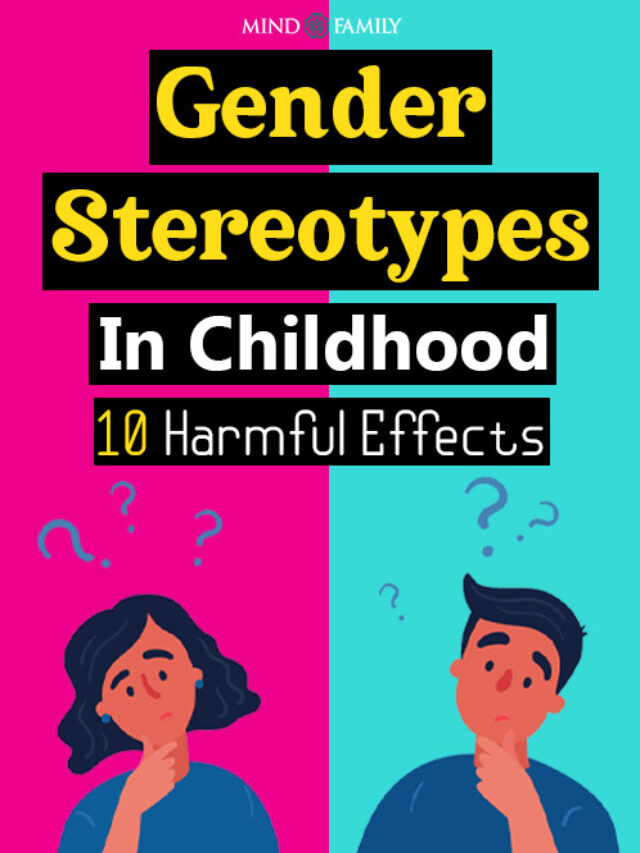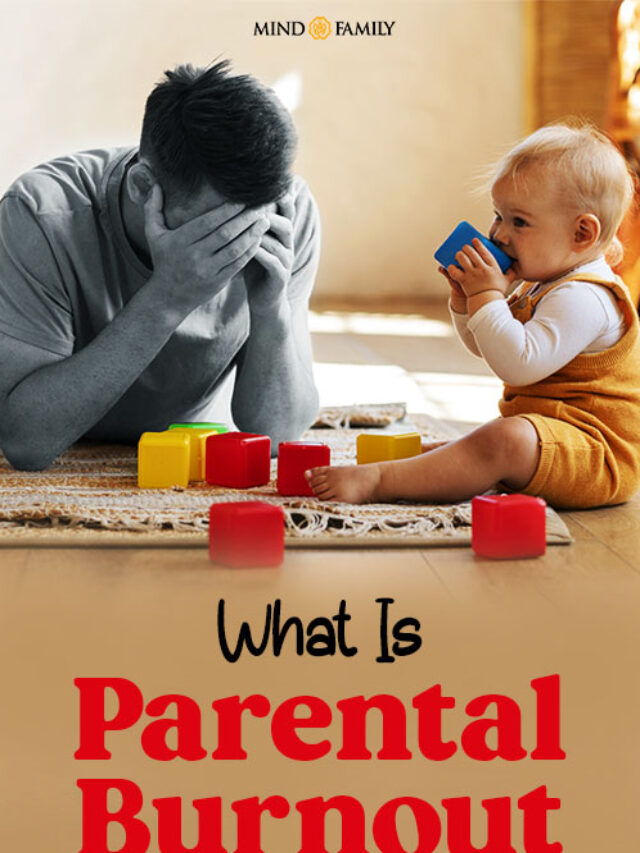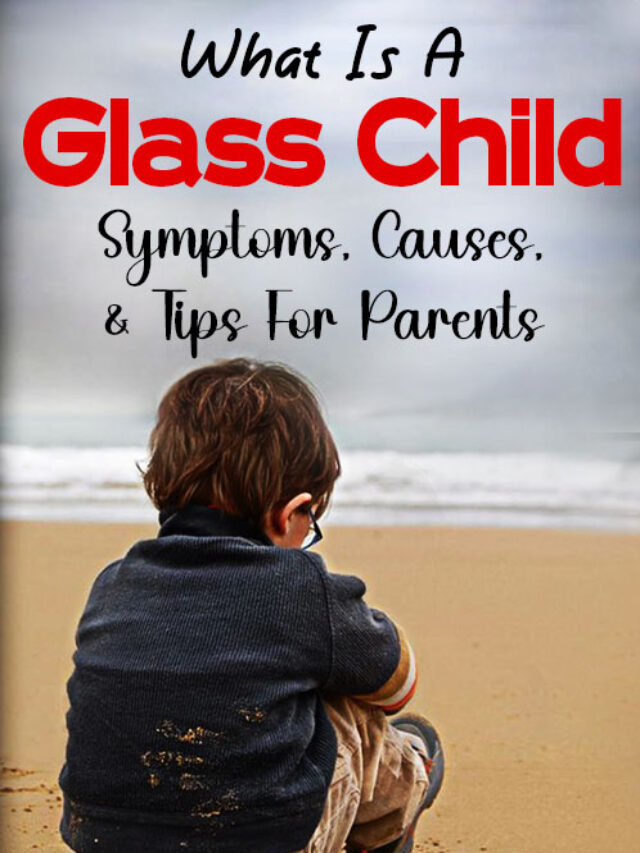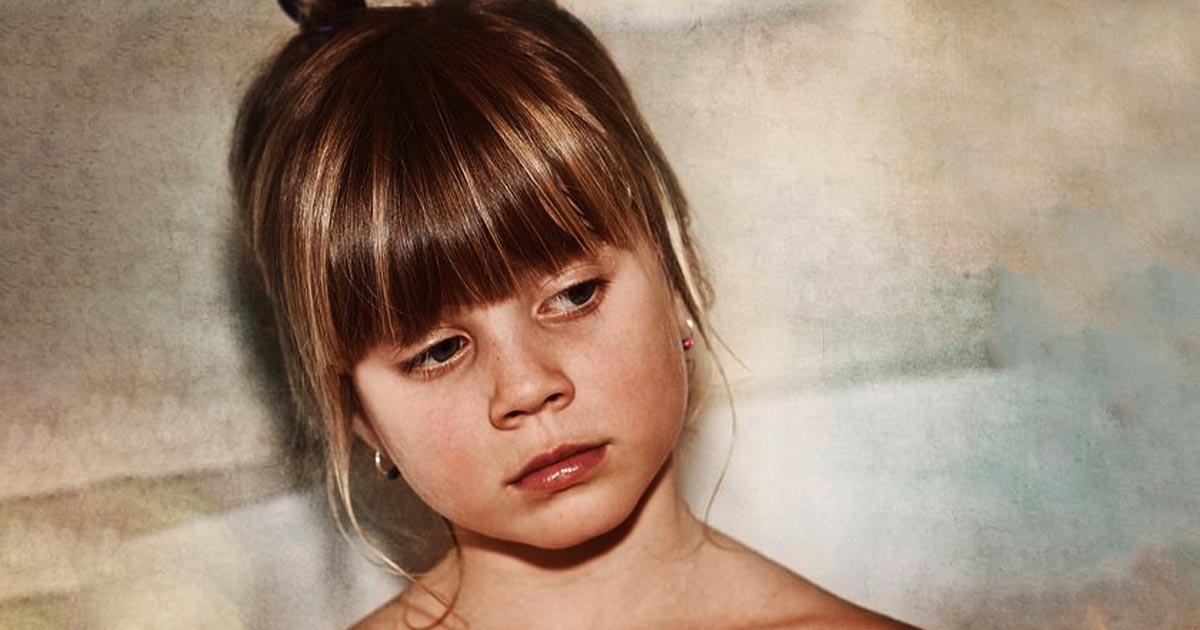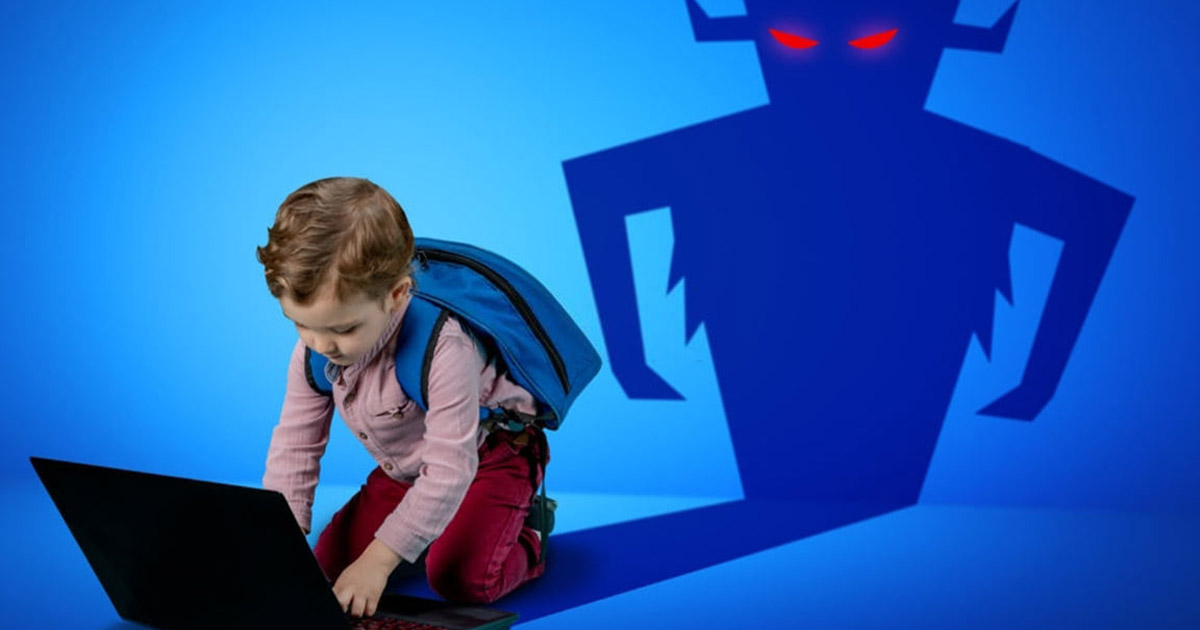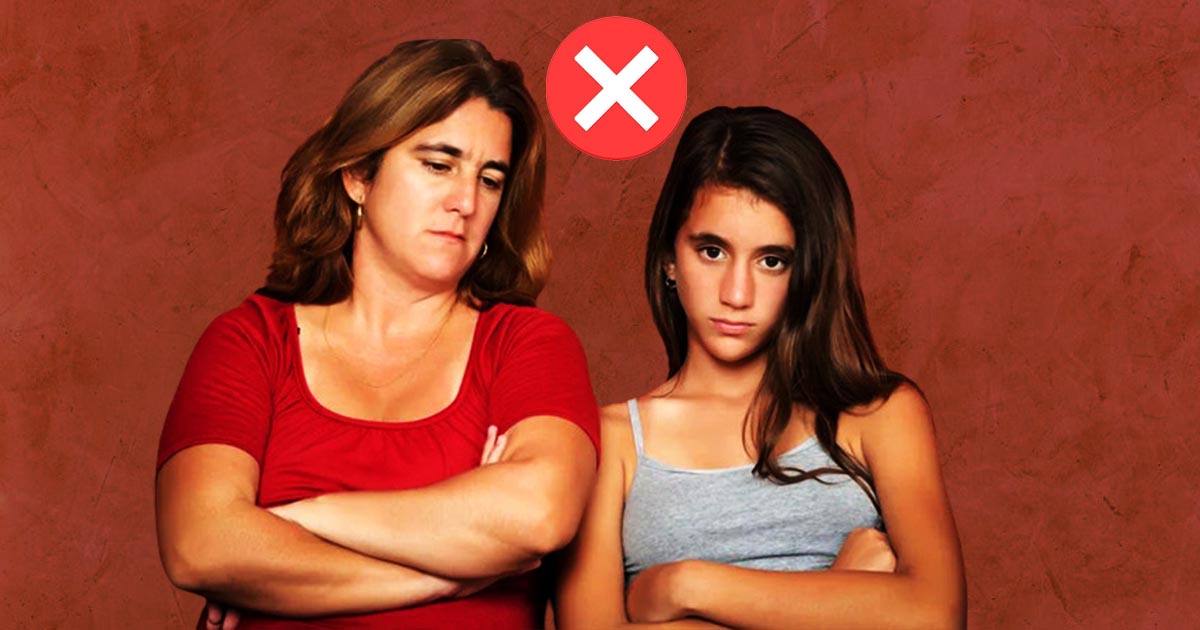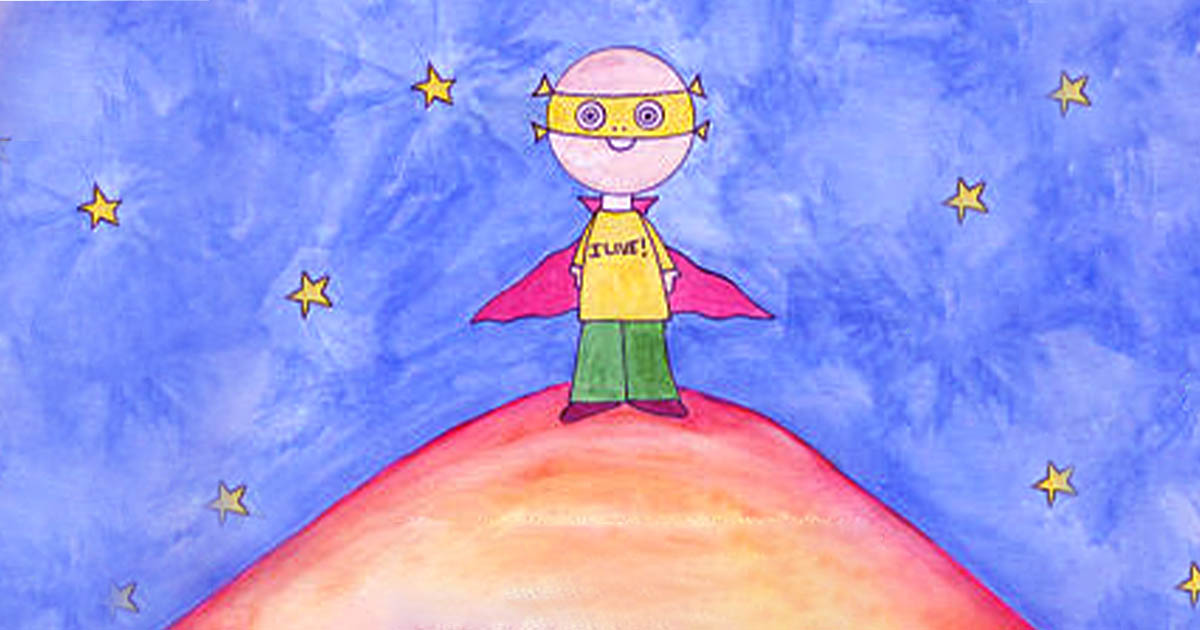Art therapy for children provides a way towards cure and self-discovery for those kids who undergo trauma, emotional disorders, or even developmental inadequacies. Art can be closely related to a powerful mode of expression that breaks the barriers that come with languages and uncovers the deeper aspects of human emotions.
Under supervision from an art therapist, children are taught how to do drawing, painting, and sculpting among other art forms to explore their thoughts, feelings, and experiences.
In this article, we will look into ten incredible ways through which art therapy can transform the lives of children remarkably. Art therapy offers a comprehensive solution to children’s mental health issues starting from emotional outbursts and recovery to communication skills, and social growth among others.
What Is Art Therapy For Children?
Art therapy is a method of therapeutic intervention for children that employs the art-making process to enable them to explore emotions, resolve conflicts, build social skills, increase self-awareness, and deal with different problems they may be facing.

In what is art therapy for children, kids are encouraged by qualified arts therapists to express themselves through drawing, painting, sculpting, and other creative activities.
Children can use art as an alternative means of communication for thoughts or feelings that might otherwise be difficult to put into words. Moreover, specific techniques aimed at self-expression and emotional healing can be used by an art therapist about each child’s needs.
The study “Exploratory Study of Changes in Children’s Social-Emotional and Mental Health Using Art Therapy in Primary Schools” (McDonald et al., 2018) investigated how art therapy influenced UK primary school children.
It demonstrates how the integration of such therapies into educational contexts could enhance students’ stress levels, conduct disorders; hyperactivity, and prosocial behavior among others.
7 Helpful Benefits Of Art Therapy For Children
Art therapy for children has many benefits across different areas of their development and well-being.

The benefits of art therapy for children include:
1. Emotional Expression and Healing:
The efficiency of art therapy as a coping mechanism that is beneficial to children with emotional disturbances or trauma has been extensively documented by research.
Using art, children can access both conscious and unconscious emotions to express experiences that may be difficult to articulate orally.
Art creation becomes a safe space where children can express their traumatic experiences, and deal with hard feelings therefore healing and emotional release occur.
2. Effective Communication:
In what is art therapy for children, kids are given a friendly platform where they can share their stories without fear especially when talking might be intimidating.
When creating art, kids gravitate naturally toward the use of familiar communication styles that they find enjoyable.
With time as rapport is built and trust gained through these sessions involving making artworks, there will be a gradual shift from nonverbal to verbal communication among the clients; thus enabling them to better express themselves while also forming deeper relationships.
3. Growth in Social, Cognitive, and Developmental Aspects:
When such art-making activities are incorporated into therapy sessions, they improve socialization while promoting children’s development and cognitive growth.
Artistic expression encourages children to interact with the environment around them, hence providing a basis for the acquisition of important social skills as well as advancing maturation in social relationships.
In addition, the creative process involved in art-making facilitates cognitive development since it allows kids to explore their imagination, and develop a sense of self-identity and insight into the world around them.
4. Art Therapy For Depression And Trauma:
Art therapy for depression uses both hemispheres of the brain as a dynamic tool to process trauma and heal it.
Creating art lets children associate drawing or art-making with happiness thus reinforcing its therapeutic values. Through this art therapy for depression, children become empowered to recognize and deal with feelings that foster resilience building self-awareness when faced with adversity.
5. Building Confidence through Self-Discovery:
As an outlet for multifaceted self-expression, the benefits of art therapy for children include an escape from reality safely and acts as a form of positive reinforcement.

Through art therapy for depression, young people have learned more about themselves emotionally and developed confidence in their ability to express themselves genuinely through creativity.
Furthermore, art therapy teaches kids how to value themselves as artists while embracing their inherent creative abilities thereby creating an understanding that their thoughts are valid expressions that should be taken seriously by others.
6. Problem-solving:
A canvas for experimenting, art therapy enables children to use various materials, techniques, and approaches (aspects) of self-expression which are not only creative but also encourage critical thinking.
When faced with these kinds of situations in art, children learn how to be flexible enough to turn their artwork into something else entirely.
By trial and error, they find new ways of expressing themselves which in return helps them gain confidence and courage to deal with problems hence making it easier for them to navigate through the maze that is their mind.
7. Catharsis and stress relief:
The activity of engaging in artistic endeavors acts as an effective way for young children to let out emotions that have been bottled up inside and help them relieve their stress.
Children can externalize and work through painful occurrences by using art – pouring emotions onto the canvas or paper. Whereby this case has several synonyms that were used. In such cases, those who engage kids in this kind of activity make sure that they do not feel intimidated because they fear being judged.
They often experience great emotional release and relaxation during creative activities, which can alleviate tension from stressors within.
Art therapy is a strong tool for children’s emotional healing, effective communication; social development; trauma processing; and self-discovery. A secure and imaginative atmosphere provided by Art Therapy allows children to find their way among emotions while speaking genuinely about themselves on the road towards healing & growth.
What Are The Different Types of Art Therapy?
Art therapy employs diverse methodologies and techniques to suit the special needs and personal preferences of individuals.

Below are some different types of art therapy in common use:
1. Gestalt Art Therapy:
This method concentrates on the present moment, with more focus being put on a person’s mind, body, and feelings in unison. The main emphasis of Gestalt art therapy is that it enables clients to express artistic forms which emanate from their inner selves consciously raising their consciousness as they do so.
2. Analytic Art Therapy:
This brand of art therapy starts from the psychoanalytic tradition, of investigating the unconscious mind through creative expression. Therapists may suggest that clients create their works intuitively while permitting symbols and imagery to emerge automatically. Conversations regarding these symbols then help the therapist understand the client’s psyche and potential conflicts.
3. Cognitive-Behavioral Art Therapy:
Cognitive-behavioral art therapy merges cognitive-behavioral methods with arts for addressing problems related to mental health like depression, anxiety or trauma. Using making artwork, patients acquire coping skills and strategies thus promoting cognitive restructuring and emotional regulation.
4. Expressive Arts Therapy:
Expressive arts therapy integrates various art forms such as visual arts, music, movement, drama, and writing to foster self-expression and emotional recovery. Clients are encouraged to experiment with different media thereby allowing them to make use of multiple aspects of their creativity and self-awareness at once.
5. Art Therapy as Narration:
Narrative art therapy is an approach that concentrates on narratives and the creation of visual narratives to examine personal experiences, memories, and identity. Through visual means, clients can build and re-interpret their life stories to gain insight into their strengths, difficulties, and dreams.
These are just a few examples of different ways of using art in therapy that offer varying advantages and insights into the process of healing. Depending on what an individual wants or requires, various approaches may be used by art therapists during the therapeutic process.
A Word From Mind Family
To sum up, having examined art therapy for children and its great influence on mental health, we at Mind Family want to emphasize again that artistic expression is a wonderful tool for healing and self-improvement.
Hence, let us keep on supporting the life-changing aspects of art therapy in children so that each one of them will be able to explore their artistic talents, gain confidence in themselves as well as become mentally healthy and happy people.
Frequently Asked Questions (FAQs)
1. What is art therapy for children?
Art therapy for children is a therapeutic intervention that utilizes the creative process of making art to help children explore emotions, resolve conflicts, develop social skills, increase self-awareness, and cope with various challenges they may be facing.
2. What are the different types of art therapy for children?
There are various types of art therapy for children, including Gestalt Art Therapy, Analytic Art Therapy, Cognitive-Behavioral Art Therapy, Expressive Arts Therapy, and Narrative Art Therapy, each tailored to meet the unique needs and preferences of individuals.
3. What are the benefits of art therapy for children?
Art therapy for children offers numerous benefits, including emotional expression and healing, effective communication, social, developmental, and cognitive growth, trauma processing and healing, self-discovery and confidence building, problem-solving skills development, and catharsis and stress relief.

